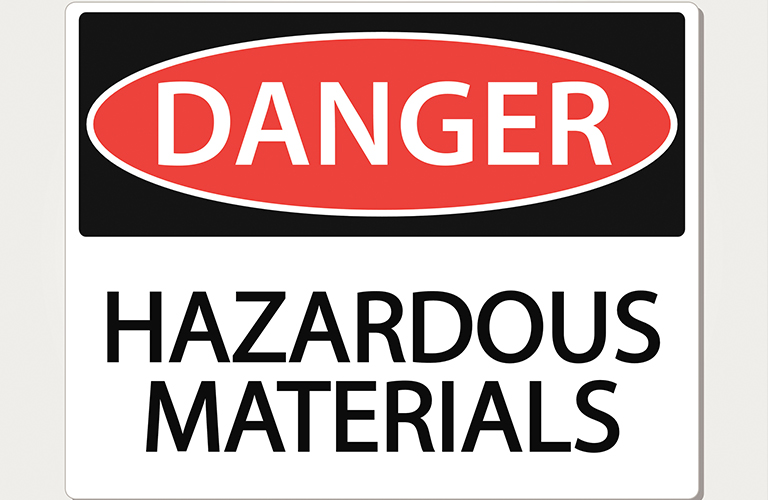
On Friday, December 22, the U.S. Court of Appeals for the District of Columbia Circuit ruled on challenges to OSHA’s new silica exposure standard, rejecting all challenges by industry and one of the challenges by labor unions, finding OSHA’s failure to extend the “medical removal protection” standards of the new rule to certain employees was arbitrary and capricious. North America’s Building Trades Unions v. Occupational Safety and Health Administration, case #16-1105, D.C. Cir. 12/22/2017.
In 2016, OSHA published a final rule updating the regulation of workplace exposure to silica (the “2016 Rule” or the “Rule”). The 2016 Rule lowered the permissible exposure limit (PEL) of 100 µg/m3 in general industry and 250 µg/m3 in the construction industry previously established by a 1971 rule to 50 µg/m3 for all covered industries. Employers covered by the 2016 Rule were required to assess silica exposure levels in the workplace, and, if necessary, implement engineering and work practice controls to keep exposures below the PEL. If engineering and work practice controls could not reduce exposures to the PEL, employers were required to use reasonable controls to the extent feasible and provide supplementary respiratory protections. The 2016 Rule also established housekeeping requirements and medical surveillance requirements. The 2016 Rule provided no medical removal protections to workers whose doctors recommended either permanent or temporary removal from silica exposure on the job.
The 2016 Rule was challenged by Industry for being too stringent—specifically, Industry petitioned for review of five issues: (1) whether limiting workers’ silica exposure to the level set by the Rule reduced a significant risk of material health impairment; (2) whether the Rule was technologically feasible for the foundry, hydraulic fracturing, and construction industries; (3) whether the Rule was economically feasible for the foundry, hydraulic fracturing, and construction industries; (4) whether OSHA violated the Administrative Procedure Act (APA) in promulgating the Rule; and (5) whether the prohibition against dry cleaning methods unless wet cleaning was infeasible, as well as the confidentiality requirement for medical examinations for silica-exposed workers.
Unions challenged the rule for not being stringent enough. Specifically, Unions petitioned for review of two parts of the Rule: (1) the requirement that medical surveillance for construction workers be provided only if the employee had to wear a respirator for 30 days for one employer in a one-year period; and (2) the absence of medical removal protections for employees whose doctors recommended temporary removal to alleviate exacerbated symptoms of chronic obstructive pulmonary disease, employees whose doctors recommended temporary removal pending a determination by a specialist, and employees who were unable to wear a required respirator.
The D.C. Circuit rejected all of Industry’s challenges, finding each of OSHA’s challenged conclusions was supported by substantial evidence and a reasonable explanation.
The Court found merit in the Unions’ second challenge to the Rule’s failure to include medical removal protection provisions (“MRPs”) in the general industry standard, claiming that OSHA’s rationale for excluding these employees while including others was inadequate. MRPs typically require employers to temporarily remove an employee from exposure when such action is recommended in a medical opinion and maintain the employee’s total normal earnings, as well as the employee’s other rights and benefits. The Court agreed that OSHA’s decision to exclude MRPs for certain employees under the Rule constituted unreasoned decision-making, particularly where OSHA had included MRPs for similar employees in previous rules, and remanded to OSHA for reconsideration or further explanation.
Details regarding the Court’s opinion and its effect on the silica rule can be obtained from your contact at SGR or by contacting Steve O’Day or Vickie Rusek.

